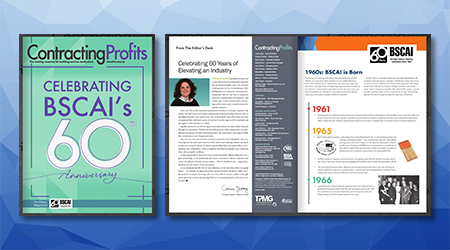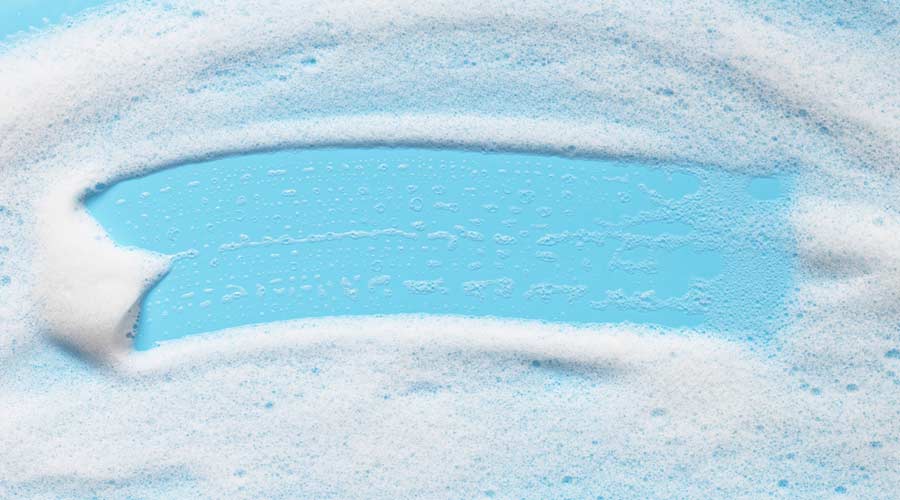
The noticeable shift from cleaning for appearance and aesthetics (cleaning theater) to cleaning for hygiene and safety traces back to the height of the COVID-19 pandemic. Many end users, particularly in sectors like education, hospitality, healthcare, and commercial office spaces, invested heavily in disinfection and sanitation during that time. But as years have rolled on, the cleaning and hygiene landscape has continued to evolve.
Now, with a clearer understanding of viral transmission, coupled with increased economic pressure, these clients are looking to maintain cleanliness and public confidence without overspending or over-cleaning. For jan/san distributors, this presents an opportunity to guide clients in "rightsizing" their cleaning programs.
Rightsizing a cleaning program involves strategically adjusting the resources and processes within a cleaning operation to optimize efficiency, cost-effectiveness, and the achievement of desired cleanliness standards. It is about finding the "sweet spot" where the cleaning program meets the specific needs of a facility, especially when it comes to chemical use. For many end users, this means transitioning from the heightened, resource-heavy protocols of the pandemic to more balanced, sustainable, and cost-effective strategies.
The Benefits
“One of the main benefits of a rightsized cleaning program is cost effectiveness," says Jeff Tishko, president, business development, Colker Janitorial Supplies, Pittsburgh. “As a business grows and evolves, cleaning and disinfecting needs may also change. With customized programs, end users can easily adjust the scope and frequency of their cleaning services to meet the current needs. This means they won't be stuck with a fixed cleaning contract that does not adapt to the business' changing demand.”
Rightsizing a cleaning program starts with a needs assessment — a value-added offering distributor should provide their customers. In a post-pandemic world, conducting a needs assessment looks a little different than it used to. Even if customers have relaxed their vigilance concerning cleaning for safety and hygiene and have returned to focusing on appearance — perhaps assuming this will be more budget-friendly — it's important to strike a balance.
“COVID changed how people view indoor spaces, which offers the jan/san sector a massive opportunity to drive sales based on truth and advance the discussion around methods that address cleaning-related hazards of all types,” says Allen Rathey, founder, Indoor Exposure Index, Nampa, Idaho.
Starting with an assessment, as opposed to a sales pitch, encourages clients to revisit and assess their existing cleaning protocols. Offer clients a site walk-through, and in doing so identify redundant cleaning and disinfection practices, underused or overused products, and gaps in training or inconsistent implementation of the established program. This approach can help build credibility and set the stage for long-term partnerships.
“Post-COVID, people did not want to return to work for safety reasons. Customers wanted to know what needed to be done to ease the concerns regarding coming back to a safe building,” says Ron Segura, president, Segura & Associates, San Bruno, California. “Explaining the difference between cleaning, sanitizing, and disinfection allows cleaning contractors and in-house staff an opportunity to show the value of the work they provide.”
Dr. Keri Lestage, founder of The CleanOps Collective in Chicago, has seen some distrust of cleaning protocols in the time since the pandemic.
“Customers have PTSD over the amount of disinfection done during the pandemic, only to later learn that surface disinfection didn’t do a whole lot to address transmission of the pathogen,” she says. “I believe there remains an inherent distrust of disinfectants and the process of disinfection.”
Why Streamlining Chemical Use Can Improve Protocols

 Celebrating BSCAI's 60th Anniversary eBook
Celebrating BSCAI's 60th Anniversary eBook The Down and Dirty on Cleaning in Virus Season
The Down and Dirty on Cleaning in Virus Season How Surfactant Use is Expanding in Commercial Cleaning
How Surfactant Use is Expanding in Commercial Cleaning